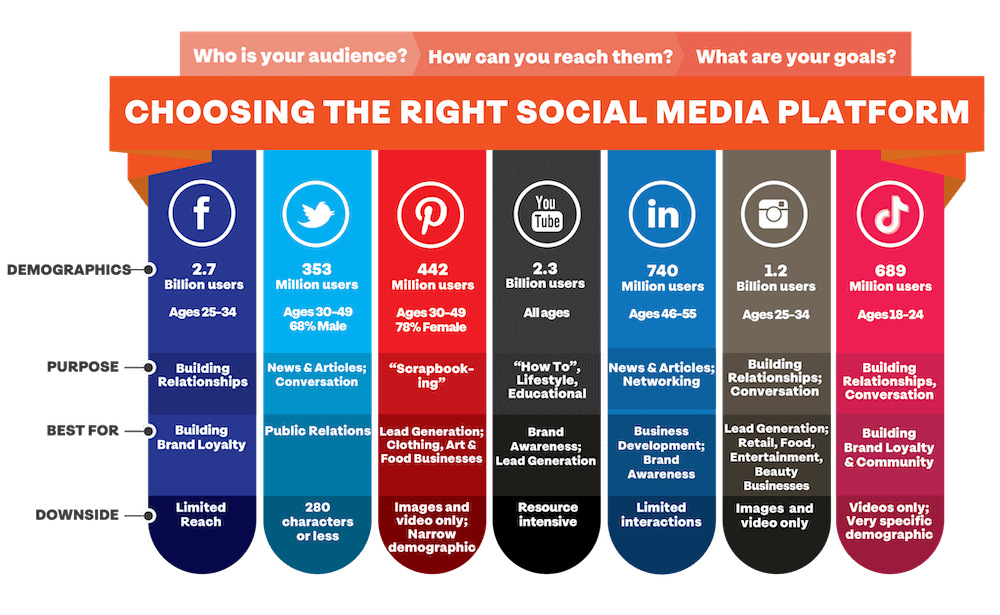Unlock the secrets of SEO and take your beauty brand to new heights with these 10 game-changing techniques!

Image courtesy of Pixabay via Pexels
Table of Contents
- Understanding the Beauty Industry
- The Power of Digital Marketing in the Beauty Industry
- Mastering SEO for Increased Online Visibility
- Effective Paid Marketing Strategies in the Beauty Industry
- Niche-Specific Tips and Tricks for Beauty Businesses
- Maximizing Customer Engagement and Retention with Spa & Nail Salons
- Conclusion
The beauty industry is highly competitive, and in order to stand out from the crowd, it’s crucial to have a strong online presence. The internet has revolutionized the way businesses operate, and for beauty brands, digital marketing, SEO, and paid marketing are essential components of a successful marketing strategy. In this blog post, we will delve into 10 must-know SEO techniques that can help boost your beauty brand’s online presence and attract more customers.
Understanding the Beauty Industry
Before diving into the world of SEO, it’s important to have a solid understanding of the beauty industry and its target audience. The beauty industry encompasses various sectors, including hair salons, makeup artists, nail salons, and skincare clinics. Each sector has its own unique target audience and consumer preferences, so it’s crucial to tailor your SEO efforts accordingly.
Recent trends and consumer preferences: The beauty industry is constantly evolving, with new trends and innovations emerging regularly. Keeping up with these trends is essential to stay relevant and appeal to your target audience. Whether it’s embracing natural hair care or incorporating sustainable beauty practices, understanding current consumer preferences can help you craft an effective SEO strategy.
The Power of Digital Marketing in the Beauty Industry
In today’s digital age, digital marketing has become a game-changer for businesses in the beauty industry. Leveraging various digital marketing platforms can help you reach a wider audience and build your brand’s online presence.
Social media platforms for marketing success: Social media has become an integral part of people’s daily lives, and leveraging platforms like Instagram, Facebook, and TikTok can work wonders for your beauty brand’s marketing strategy. Posting engaging content, collaborating with influencers, and running targeted ads can help you reach and engage with your target audience effectively.
Email marketing campaigns: Email marketing is a powerful tool for beauty brands to stay in touch with their customers and nurture relationships. Sending regular newsletters, exclusive offers, and personalized content can help you build brand loyalty and drive repeat business.
Influencer marketing in the beauty industry: Influencer marketing has taken the beauty industry by storm. Collaborating with influencers who align with your brand values and have a strong following can help you reach a wider audience and create buzz around your products or services. When executed strategically, influencer marketing can significantly boost your brand’s visibility and credibility.
Mastering SEO for Increased Online Visibility
Search engine optimization (SEO) is a vital component of any digital marketing strategy. By implementing SEO techniques, you can improve your brand’s online visibility and increase organic traffic to your website.

Image courtesy of www.wordstream.com via Google Images
The basics of SEO and its significance: SEO involves optimizing your website and its content to rank higher in search engine results pages (SERPs). By improving your website’s visibility, you can attract more organic traffic and increase your chances of converting visitors into customers.
Conducting keyword research: Keywords are the foundation of SEO. Conducting thorough keyword research can help you identify the terms and phrases your target audience is searching for. By incorporating these keywords into your website content, meta tags, and headings, search engines can better understand the relevance of your website to users’ search queries.
Optimizing website content and metadata: Creating high-quality, engaging, and informative content is crucial for SEO success. Incorporating targeted keywords naturally into your website’s content and meta descriptions can help search engines understand your website’s relevance to users’ search queries. Additionally, optimizing your website’s metadata, including titles, descriptions, and alt tags, can improve your website’s visibility in SERPs.
Building quality backlinks: Backlinks, which are links from other websites to your website, play a significant role in SEO. Search engines consider backlinks as a vote of confidence in your website’s credibility and relevance. Building high-quality backlinks from reputable sources can improve your website’s authority and visibility in search results.
Local SEO for location-based businesses: If you have a physical beauty business, optimizing your website for local SEO can help attract customers in your area. This involves creating and optimizing Google My Business listings, incorporating location-based keywords, and obtaining positive customer reviews.
Effective Paid Marketing Strategies in the Beauty Industry
In addition to SEO, paid marketing strategies can help you reach a larger audience and generate immediate results. Here are some effective paid marketing channels for beauty businesses:
Google and social media ads: Pay-per-click (PPC) ads on platforms like Google Ads, Facebook, and Instagram can help you target specific audiences based on demographics, interests, and behaviors. Crafting compelling ad copy and using eye-catching visuals can increase click-through rates and drive traffic to your website.
Targeting the right audience: Understanding your target audience is crucial for paid marketing success. Using audience targeting tools provided by advertising platforms can help you reach the right people and maximize your budget.
Measuring and analyzing campaign success: It’s important to track and measure the success of your paid marketing campaigns. Analyzing key performance indicators (KPIs) like click-through rates, conversion rates, and return on ad spend can help you make data-driven decisions and optimize your campaigns for better results.
Niche-Specific Tips and Tricks for Beauty Businesses
Each sector within the beauty industry has its own unique marketing challenges and opportunities. Consider these tips and tricks tailored to specific beauty sectors:

Image courtesy of www.determ.com via Google Images
Hair salons and barbershops: Utilize before-and-after photos and client testimonies on your website and social media to showcase your work. Provide hair care tips and style inspiration to engage with potential clients and establish yourself as an authority in the industry.
Body enhancement clinics: Highlight the benefits and results of different body enhancement treatments through blog posts and client testimonials. Collaborate with fitness influencers to promote your treatments and target a relevant audience interested in body sculpting and contouring.
Jewelry businesses: Tell meaningful stories behind your jewelry pieces to connect with potential customers emotionally. Utilize visually appealing product photography and share styling tips to inspire customers to purchase your products.
Lash bars and brow bars: Showcase your best lash and brow transformations on social media to attract potential clients. Collaborate with makeup artists who specialize in eye makeup to cross-promote each other’s services.
Promoting natural hair care and salons: Create informative blog posts and videos about natural hair care tips, product recommendations, and styling techniques. Engage with the natural hair community on social media and collaborate with influencers who cater to this audience.
Maximizing Customer Engagement and Retention with Spa & Nail Salons
A key aspect of running a successful beauty business is to prioritize exceptional customer service and engagement. Here are some tips to maximize customer engagement and retention for spa and nail salons:
Importance of exceptional customer service: Providing a memorable and personalized experience to your customers can significantly impact their satisfaction and loyalty. Train your staff to be attentive, friendly, and knowledgeable about your services.
Building customer loyalty: Implement a loyalty program to reward frequent customers and encourage repeat business. Offer exclusive discounts and promotions to entice customers to return for future services.
Encourage online reviews: Positive online reviews can significantly impact your brand’s reputation and attract new customers. Encourage satisfied customers to leave reviews on platforms like Google, Yelp, and social media.
Email marketing campaigns: Send regular newsletters to your customers, providing them with valuable content, exclusive offers, and updates about new services or products. Incorporate personalized recommendations based on their previous visits to further engage them.
Conclusion
As a beauty brand, understanding and implementing effective SEO techniques can help you enhance your online presence and attract more customers. By leveraging digital marketing platforms, optimizing your website for SEO, and utilizing paid marketing strategies, you can stay ahead of the competition in this highly competitive industry. Remember to customize your marketing efforts based on the specific sector within the beauty industry you operate in, and prioritize exceptional customer service to maximize engagement and retention. With the right strategies and consistent effort, your beauty brand can thrive in the digital world.